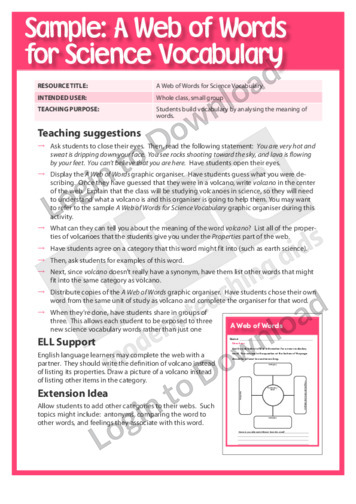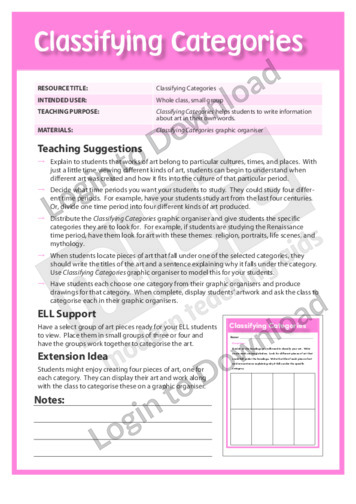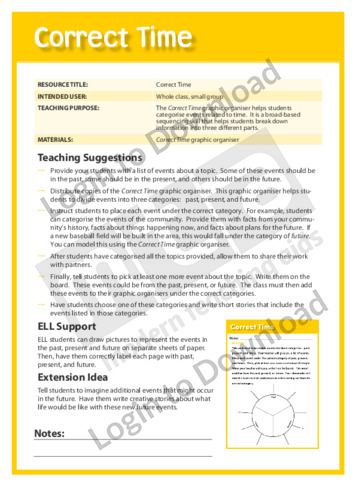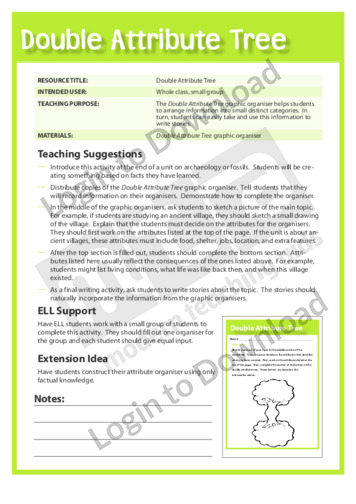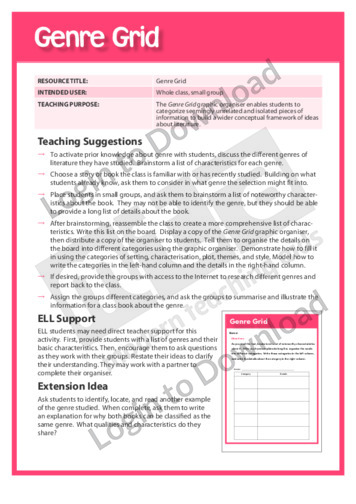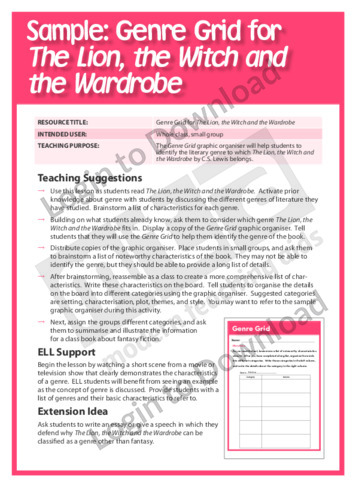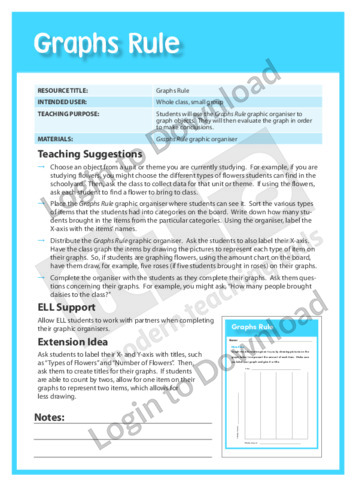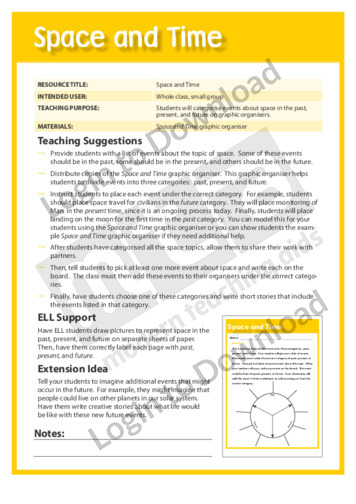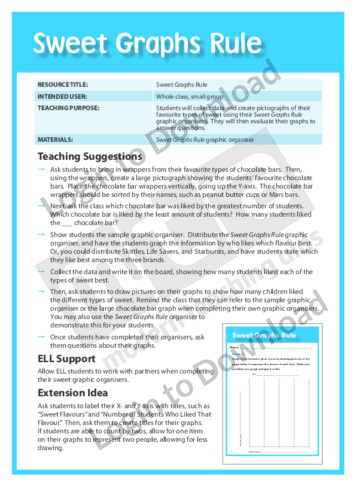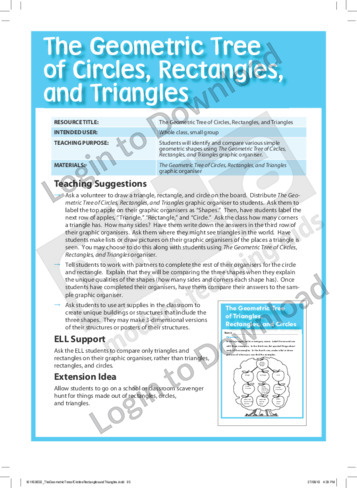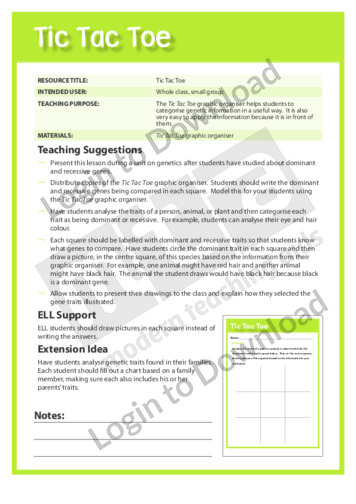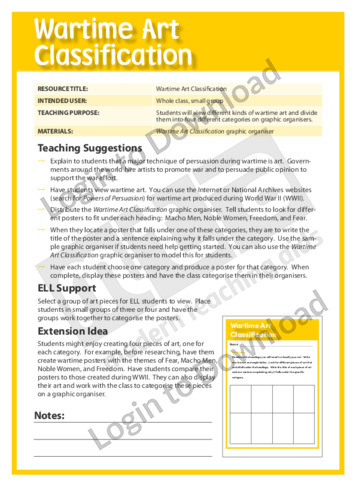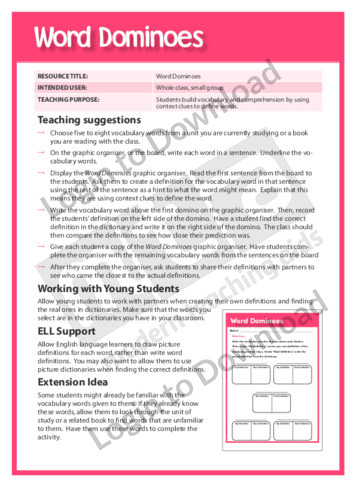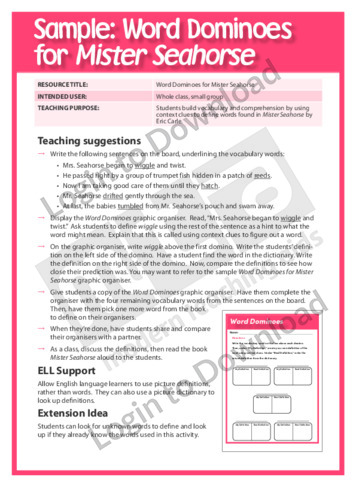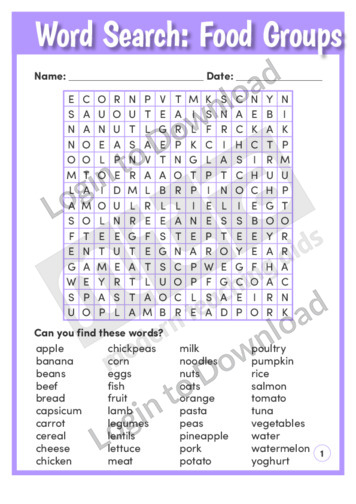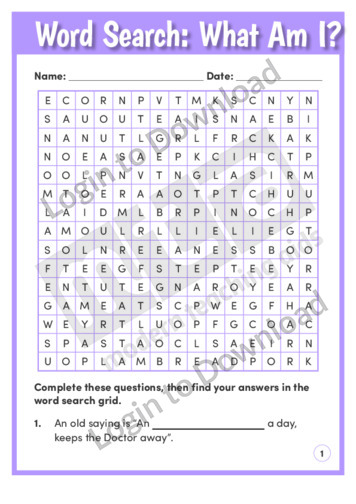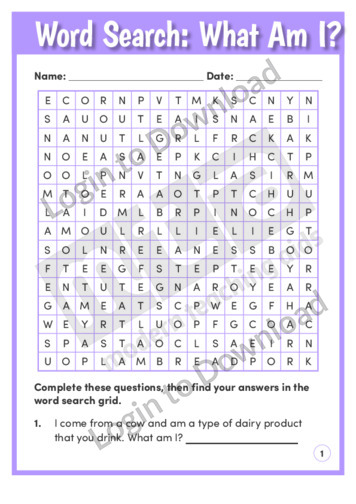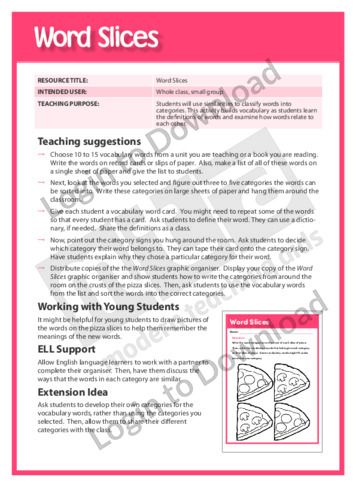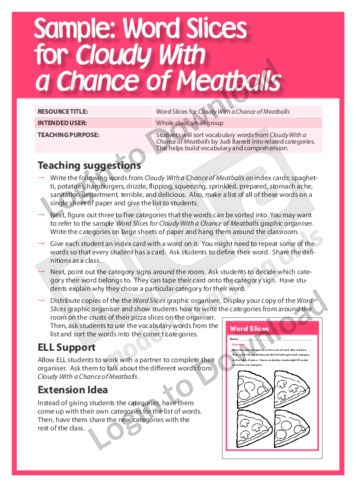This graphic organiser, ‘A Web of Words for Science Vocabulary’ helps students build science vocabulary by analysing the meaning of words.
This graphic organiser, ‘Classifying Categories’ helps students to write information about art in their own words.
This graphic organiser, ‘Correct Time’ helps students categorise events related to time, sequencing past, present and future events.
This graphic organiser, ‘Double Attribute Tree’ helps students to arrange information into small distinct categories, then write stories using this information.
This graphic organiser, ‘Genre Grid’ enables students to categorise seemingly unrelated and isolated pieces of information to build a wider conceptual framework of ideas about literature.
This graphic organiser, ‘Genre Grid for The Lion, the Witch and the Wardrobe’ helps students to identify the literary genre to which The Lion, the Witch and the Wardrobe by C.S. Lewis belongs.
This graphic organiser, ‘Graphs Rule’ helps students to graph objects and then evaluate the graph to make conclusions.
This graphic organiser, ‘Space and Time’ helps students categorise events about space in the past, present and future.
This graphic organiser, ‘Sweet Graphs Rule’ helps students to collect data a create pictographs of their favourite sweet.
This graphic organiser, ‘The Geometric Tree’ supports students to identify similarities and differences in geometric shapes.
This graphic organiser, ‘The Geometric Tree of Circles, Rectangles and Triangles’ supports students to identify and compare circles triangles and rectangles.
This graphic organiser, ‘Tic Tac Genetics’ asks students to create fictitious children with their genetic traits.
This graphic organiser, ‘Tic Tac Toe’ helps students to categorise genetic information in a useful way.
This graphic organiser, ‘Wartime Art Classification’ asks students to view different kinds of wartime art, then classify them into four different categories.
This graphic organiser, ‘Word Dominoes’ helps students to increase their vocabulary and comprehension by using context clues to define words.
This graphic organiser, ‘Word Dominoes for Mister Seahorse’ helps students to increase their vocabulary and comprehension by using context clues to define words found in Mister Seahorse by Eric Carle.
This food and nutrition worksheet ‘Word Search: Food Groups’ asks students to find a selection of common foods within a word search and then to sort each food item into its appropriate food group. It allows students to build their vocabulary and practise spelling whilst developing an awareness of healthy foods and the principle of …More
This food and nutrition worksheet ‘Word Search: What Am I?’ asks students to solve clues to find the names of common food items and then to locate the words within a word search. It allows students to build their vocabulary and practise spelling whilst developing an awareness of healthy foods and the principle of the …More
This food and nutrition worksheet ‘Word Search: What Am I?’ asks students to solve clues to find the names of common food items and then to locate the words within a word search. It allows students to build their vocabulary and practise spelling whilst developing an awareness of healthy foods and the principle of the …More
This graphic organiser, ‘Word Slices’ asks students to use similarities to classify words into categories, then explore the definitions of the words and examine how words relate to each other.
This graphic organiser, ‘Word Slices for Cloudy With a Chance of Meatballs’ asks students to sort vocabulary words from Cloudy With a Chance of Meatballs by Judi Barrett into related categories.
It�s that easy!

